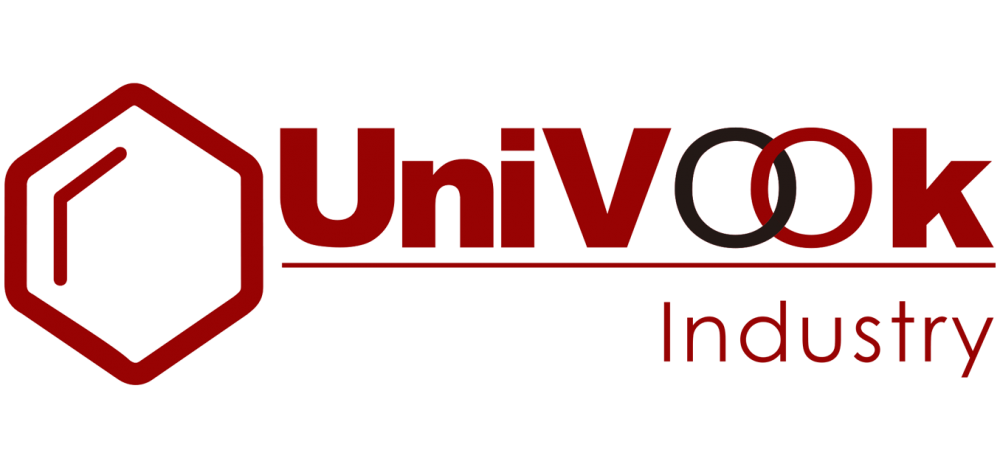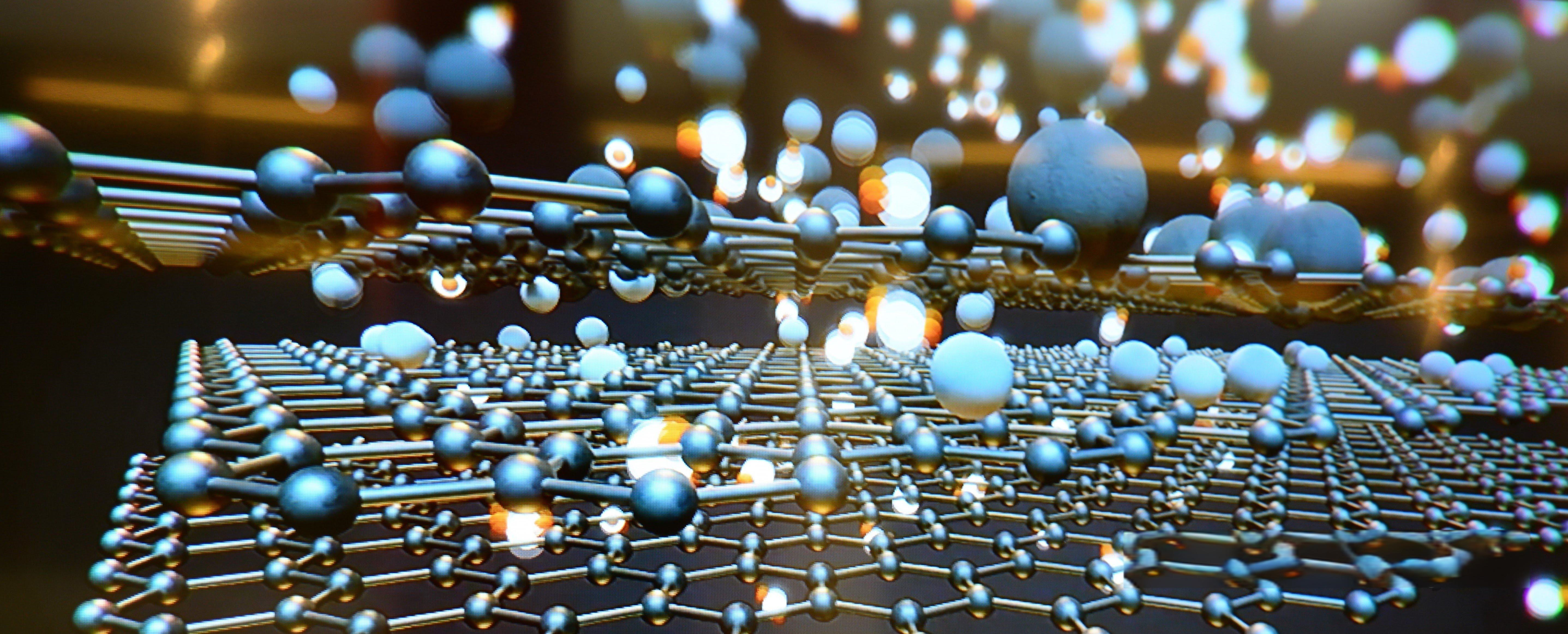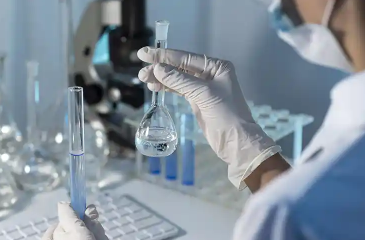Stripping Solution for the Semiconductor Industry
Stripping solutions play a pivotal role in the semiconductor industry, serving to remove photoresist and residual substances from surfaces during various manufacturing processes. Employed in horizontal spray, wet tank, and single-chip spray techniques, these solutions are indispensable for maintaining the integrity of semiconductor components. They facilitate the delicate task of cleaning while safeguarding the underlying metal layers from damage, thanks to specialized metal protection additives. UniVOOK Chemical offers a range of stripping solutions, including both water-based and solvent-based options, tailored to meet diverse industry requirements. These solutions are integral for ensuring the reliability and performance of semiconductor devices, underscoring their significance in the manufacturing ecosystem.
Basics of Semiconductor Manufacturing
Semiconductor Manufacturing Process Overview
Semiconductor manufacturing entails a series of intricate procedures aimed at fabricating electronic components on silicon wafers. These processes typically encompass photolithography, deposition, etching, and doping, among other specialized techniques.
Significance of Cleaning and Stripping in Semiconductor Fabrication
Cleaning and stripping constitute pivotal stages in semiconductor fabrication, pivotal for ensuring the purity and functionality of the produced devices. These steps effectively eliminate impurities, residues, and undesired materials from the surface of wafers, facilitating precise patterning and material deposition.
Role of Stripping Solutions in the Manufacturing Process
Stripping solutions assume a critical role in semiconductor manufacturing by facilitating the removal of photoresist and residual substances from wafers post-patterning processes. They play a crucial role in preserving the integrity of underlying layers while priming the surface for subsequent manufacturing steps.
Types of Stripping Solutions
Wet Chemical Stripping Solutions
- Acidic Solutions:
Acidic stripping solutions, such as sulfuric acid or hydrochloric acid, effectively dissolve photoresist by disrupting its chemical structure.
- Alkaline Solutions:
Alkaline stripping solutions, like potassium hydroxide or sodium hydroxide, utilize saponification or swelling mechanisms to dissolve and eliminate photoresist.
Dry Stripping Techniques
- Plasma Stripping:
Plasma stripping involves subjecting the photoresist to highly reactive plasma gases, such as oxygen or fluorine, which disintegrate it into volatile byproducts for easy removal.
- Ion Beam Etching:
Ion beam etching employs high-energy ion beams to physically dislodge the photoresist material from the wafer surface, leaving it pristine.

Properties of Ideal Stripping Solutions
High Selectivity
Ideal stripping solutions demonstrate high selectivity, efficiently removing photoresist while minimizing damage to underlying layers or materials on the wafer.
Low Surface Damage
Stripping solutions should inflict minimal damage to the wafer surface, ensuring the reliability and integrity of semiconductor devices.
Environmental Considerations
Environmentally friendly stripping solutions are preferred, as they minimize hazardous waste generation and adhere to environmental regulations.
Cost-Effectiveness
Cost-effective stripping solutions offer efficient photoresist removal while optimizing resource usage and reducing overall manufacturing costs.
Common Applications of Stripping Solutions
Photoresist Stripping
Stripping solutions are commonly employed to remove photoresist materials from semiconductor wafers after patterning processes, ensuring clean and precise features for subsequent manufacturing steps.
Surface Cleaning and Preparation
Stripping solutions play a vital role in cleaning and preparing the surface of wafers by removing impurities, residues, and contaminants, thus optimizing the adhesion and quality of subsequent layers.
Post-Etch Residue Removal
After the etching processes, stripping solutions are utilized to eliminate residues left on the wafer surface, ensuring uniformity and integrity in the fabricated semiconductor structures.
Chemical Mechanical Planarization (CMP)
Stripping solutions are integral in CMP processes, where they aid in the removal of excess materials and contaminants from the wafer surface, resulting in flat and smooth semiconductor layers.
Challenges and Innovations
Environmental Concerns and Regulations
Adhering to stringent environmental regulations poses a challenge in the development and use of stripping solutions, driving innovations towards eco-friendly formulations and waste management practices.
Minimization of Material Loss
Innovations focus on minimizing material loss during stripping processes, optimizing efficiency, and reducing costs associated with material waste and disposal.
Development of Novel Stripping Solutions
Ongoing research and development efforts aim to create novel stripping solutions with improved selectivity, efficiency, and environmental sustainability, addressing evolving industry demands.
Integration with Other Semiconductor Processes
Innovations seek to enhance the integration of stripping solutions with other semiconductor processes, streamlining workflows, and optimizing overall manufacturing efficiency.
Future Trends and Opportunities
Advances in Stripping Solution Technology
Future trends involve advancements in stripping solution technology, including improved formulations, enhanced performance, and greater environmental sustainability.
Integration with Emerging Semiconductor Technologies
Opportunities exist for integrating stripping solutions with emerging semiconductor technologies, such as extreme ultraviolet (EUV) lithography, to address new challenges and requirements in device fabrication.
Impact of Industry 4.0 and Automation on Stripping Processes
Industry 4.0 and automation present opportunities for optimizing stripping processes through enhanced control, monitoring, and automation, leading to increased efficiency and productivity in semiconductor manufacturing.
Case Studies
Overview of Successful Applications of Stripping Solutions:
- Case Study 1: Semiconductor Fabrication Facility X
- Situation: Facility X faced challenges in removing photoresist residues from silicon wafers after patterning processes, hindering device performance.
- Solution: Implementing an advanced wet chemical stripping solution with high selectivity effectively removed the residues, improving device yield and quality.
- Outcome: The successful application of the stripping solution led to enhanced production efficiency and reduced manufacturing costs for Facility X.
Challenges Faced and Solutions Implemented:
- Case Study 2: Semiconductor Company Y
- Challenge: Company Y encountered difficulties in minimizing surface damage during photoresist stripping, leading to compromised device reliability.
- Solution: Through extensive research and collaboration with chemical suppliers, Company Y developed a customized stripping solution with optimized parameters, reducing surface damage while maintaining stripping efficiency.
- Outcome: The implementation of the tailored stripping solution resulted in improved device reliability and customer satisfaction for Company Y.
Lessons Learned and Future Directions:
- Case Study 3: Research Institution Z
- Lesson Learned: Research Institution Z learned the importance of continuous innovation and collaboration in developing stripping solutions tailored to specific semiconductor manufacturing requirements.
- Future Direction: Institution Z aims to leverage emerging technologies, such as machine learning and advanced materials science, to further enhance the performance and sustainability of stripping solutions, contributing to the advancement of semiconductor fabrication processes.
Closing Thoughts
Stripping solutions stand as indispensable assets in the semiconductor industry, serving critical roles in ensuring the purity, reliability, and functionality of semiconductor devices. Through their applications in photoresist removal, surface cleaning, and residue elimination, these solutions enable precise fabrication processes while minimizing material loss and environmental impact. Despite facing challenges such as environmental regulations and material loss, ongoing innovations continue to drive the development of advanced stripping solutions, promising improved performance, efficiency, and sustainability. As semiconductor technologies evolve, the significance of stripping solutions remains paramount, underlining their essential contribution to the ever-expanding landscape of semiconductor manufacturing.
Access Our Product Catalog and More to Discover High-Performance Chemicals Tailored to Your Business Needs





